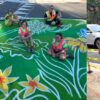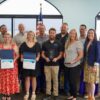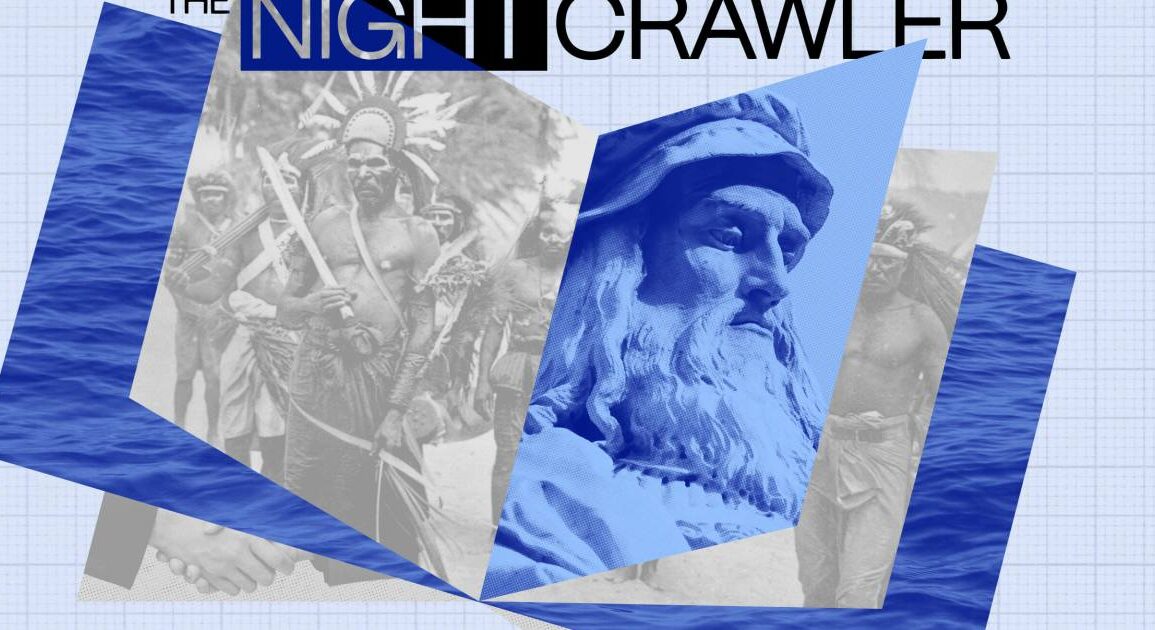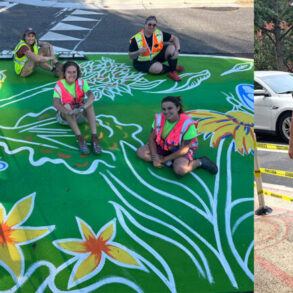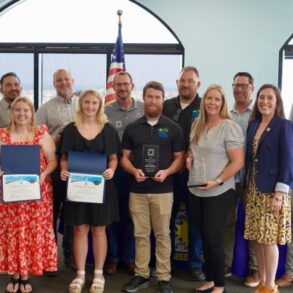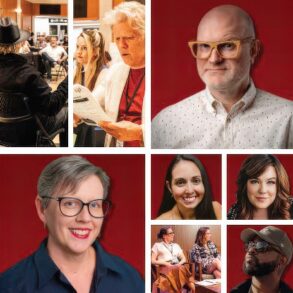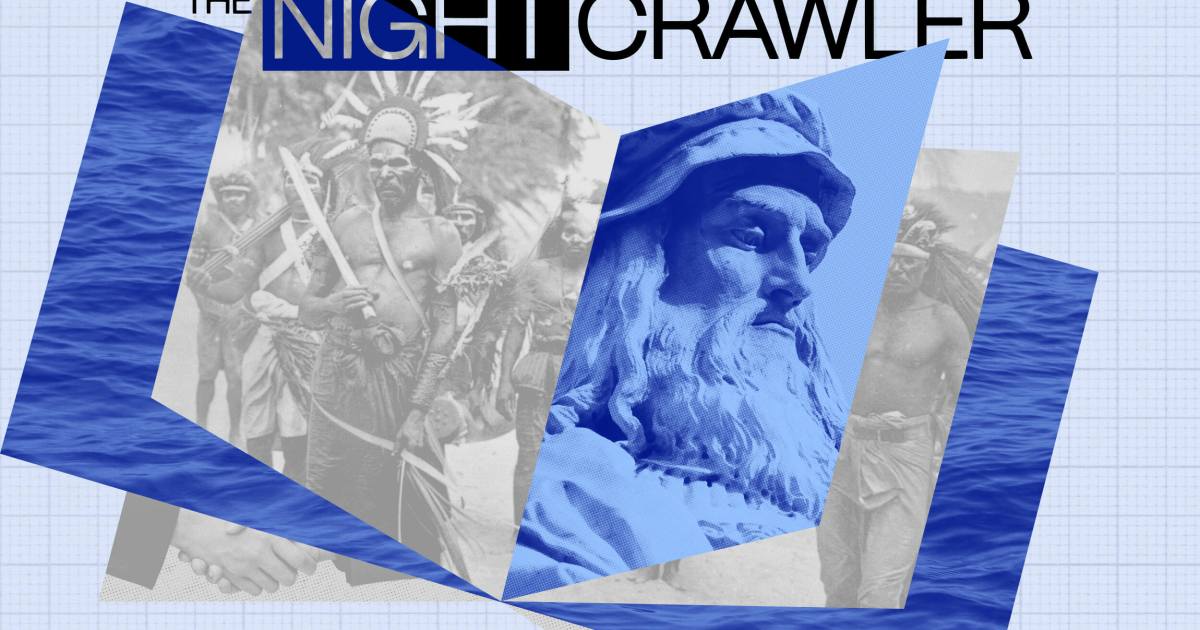
Sign up for The Nightcrawler Newsletter
A weekly collection of thought-provoking articles on tech, innovation, and long-term investing from Nightview Capital’s Eric Markowitz.
This week in Big Think, I explored Leonardo da Vinci’s lifelong obsession with water — and what his fluid way of thinking can teach us about how to outlast in a world defined by constant change.
Leonardo saw the world as a system — water not just a fluid, but a metaphor: looping, swirling, self-correcting. To him, motion was life. Turbulence wasn’t chaos, but the mark of something that could become resilient. As I study his work, I begin to realize that his shifts across art, anatomy, and physics weren’t restless — they were rooted in a belief that everything is connected.
In the piece, I argue that Leonardo’s obsession with fluid dynamics holds a powerful lesson for today: systems that last are not static. They adapt, swirl, and flow. They resist specialization, invite ambiguity, and evolve through iteration…
Key quote: “So what does Leonardo teach us about how to last? First: Think like a system. Longevity isn’t a product of brute force. It’s an outcome of design. Leonardo’s mind was wired to see the parts within the whole. The relationship between muscle and movement. Between proportion and perception. Between science and art. He reminds us that siloed thinking leads to short-termism. Enduring value is built by weaving domains together.”
Thinking in systems, networks, and relationships
My friend and collaborator Paul Higgins just published a powerful new essay called The Hidden Architecture of Networks. It explores a theme close to the heart of what I am seeking to uncover in my own research: how relationships — not reach or scale or ambition — determine what endures.
From the murmuration of starlings to the six-generation Japanese craftsman who listens to the clay, Paul shows how the most resilient systems operate like living networks. Not optimized for scale or efficiency, but cultivated through trust, reciprocity, and long-term care.
Read Paul’s piece. It’s a masterclass in rethinking connection. And a reminder that in a world obsessed with speed, what really lasts is what we’re willing to nurture.
Key quote: “Perhaps the ultimate measure of a network is not its immediate output but its generative capacity, its ability to create value for people not yet born. Indigenous cultures understood this, making decisions based on their impact seven generations in the future. The best family businesses embody this principle, building networks designed not for exit but for entrance, creating opportunities for future generations to contribute and thrive.”
OUTLAST field notes: The land was sung before it was mapped
I’ll be traveling to Australia this August for Outlast research, and along the way I discovered something astonishing: songlines.
For tens of thousands of years, Aboriginal Australians have navigated the land by singing it. These oral maps — songs linking waterholes, campsites, and sacred sites — encode geography into melody.
Passed down through generations, they guide people across vast terrain without a single written word. The counterintuitive insight? In one of the world’s oldest surviving cultures, knowledge lasts not because it’s written down, but because it’s performed. Longevity, it turns out, can be sung.
A few more links I enjoyed:
The Workload Fairy Tale – via Cal Newport
Key quote: “As we navigate an increasingly automated and algorithmic business environment, the ancient wisdom of networks as craft becomes more relevant, not less. The pottery master who listens to clay, the family business that tends relationships across generations, the supplier network that functions more like an ecosystem than a supply chain represent blueprints for sustainable success.”
Invention. The gospel according to Jeff – via Bizalmanac
Key quote: “What can we learn from Amazon’s 28 shareholder letters? An easy answer is: nothing. The letters are freely available and widely read, thus their contents are already reflected in the stock price. Worse, the letters are performative, IR (investor relations) drivel, offered only as insufficient compensation for SEC filings that lack disclosure. So would argue the efficient markets cynic and the quantitative analyst. I agree with the cynic, and the quant, on all counts — except one: widely read. One of the few things I have learned in the game of investing is that very little is widely read. Besides social media. The letters are IR drivel, published by the company, for their shareholders. Freely available, indeed.”
From the archives:
The Self-Domesticated Ape – via Kevin Kelly
Key quote: “We invented our humanity. We invented cooking, we invented human language, we invented our sense of fairness, duty, and responsibility. All these came intentionally, out our imaginations of what could be. To the fullest extent possible, all the traits that we call ‘human’ in contrast to either ‘animal’ or ‘nature,’ are traits that we created for ourselves. We self-selected our character, and crafted this being called human. In a real sense we collectively chose to be human.”
In this article
Sign up for The Nightcrawler Newsletter
A weekly collection of thought-provoking articles on tech, innovation, and long-term investing from Nightview Capital’s Eric Markowitz.
This post was originally published on this site be sure to check out more of their content


